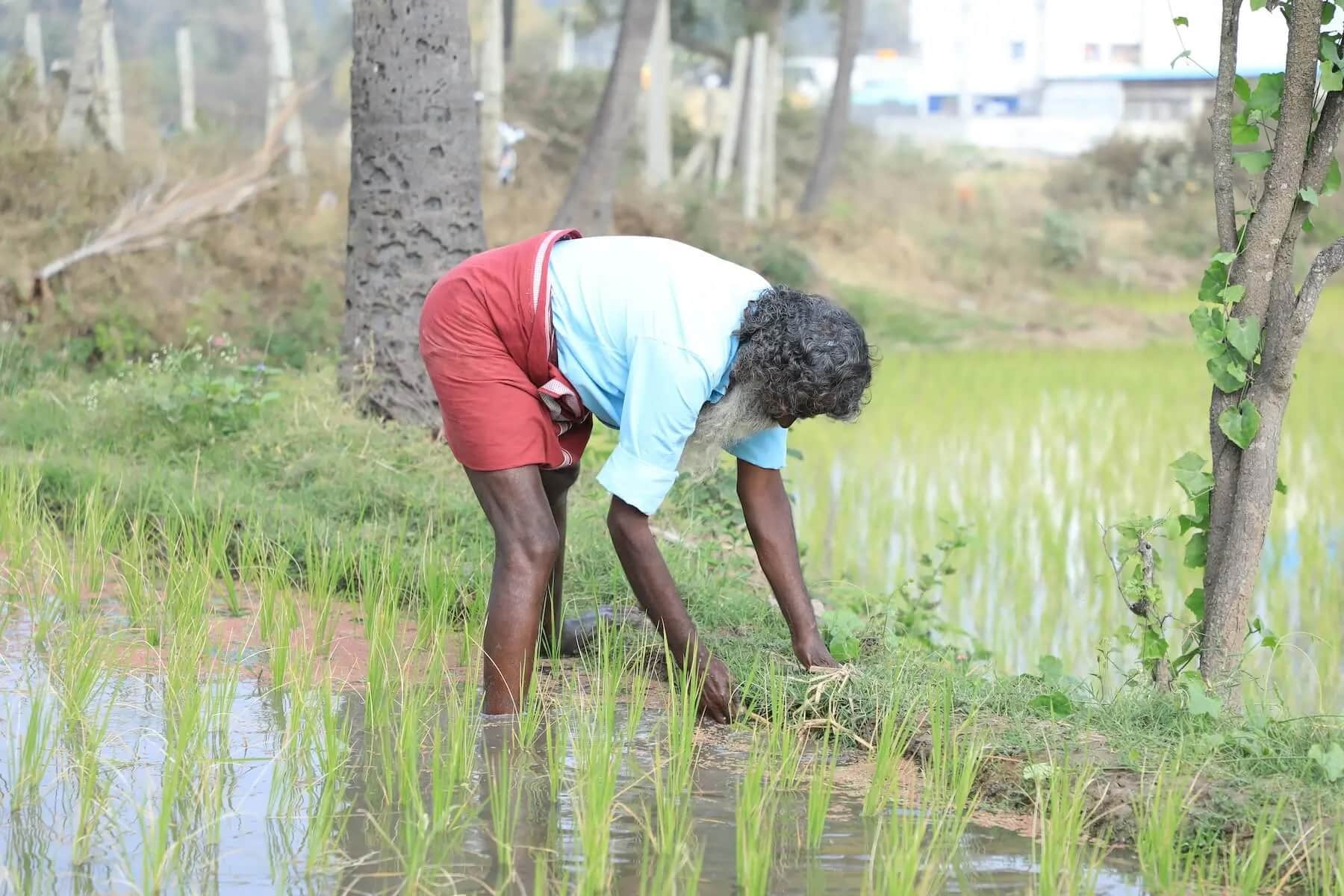Key Takeaways
- Boomitra has completed its first issuance of soil organic carbon (SOC) removal credits via the URVARA Project, supporting over 6,000 smallholder farmers.
- The URVARA Project is the first in India verified under the Social Carbon regenerative land management methodology.
- With over 47,000 credits issued and 315,000 expected over 20 years, the project is the largest listed on the Social Carbon Registry to date.
- Boomitra’s AI-powered MRV technology allows smallholder farmers with plots as small as one acre to participate in carbon markets by reducing the cost of soil carbon verification.
- The project connects verified carbon removals with regenerative agriculture practices while aiming to strengthen rural livelihoods and support sustainable supply chains.
Boomitra and Social Carbon Foundation Complete First Carbon Credit Issuance
Boomitra, a provider of soil carbon market solutions, has issued its first soil organic carbon removal credits through the URVARA Project. Verified by the Social Carbon Foundation, the issuance includes over 47,000 credits and is the first in India to be certified under the Social Carbon regenerative land management methodology.
The URVARA Project supports more than 12,000 smallholder farmers across approximately 50,000 acres. In its initial phase, carbon credits were issued for regenerative farming practices on 25,000 acres. Practices include reduced tillage, residue reincorporation, cover cropping, and improved irrigation techniques.
Largest Project on the Social Carbon Registry
URVARA is currently the largest project by volume registered on the Social Carbon Registry. The credits were verified under a process that included both validation and verification completed in 45 days using the Social Carbon Foundation’s new digital portal. The registry includes climate, nature, and social impact criteria and is designed to increase transparency and efficiency in credit issuance.
The methodology applied in URVARA is based on scientific field practices, offering verified soil carbon removals with embedded co-benefits related to biodiversity and rural economic inclusion.
Boomitra’s Satellite and AI-Driven MRV System Enables Smallholder Participation
The URVARA Project uses Boomitra’s Measurement, Reporting, and Verification (MRV) technology, which leverages satellite imagery and artificial intelligence. This allows farmers with landholdings as small as one acre to participate by eliminating the need for costly physical soil sampling.
According to Boomitra, this reduces overall project costs and facilitates the direct flow of climate finance to participating farmers. The company states that this approach enhances accessibility to carbon markets and supports scalable adoption of regenerative practices.
Connecting Carbon Finance with Agricultural Value Chains
By promoting regenerative farming techniques and verified carbon removal, the project is also linked to the broader goal of improving food production systems. In addition to carbon revenues, participating farmers may gain access to improved market opportunities for regeneratively produced crops.
The URVARA Project includes a variety of crops such as cotton, sugarcane, rice, soybeans, and bananas. According to Boomitra, the regenerative methods employed may also enhance soil health and productivity over time.
Supporting Climate Goals and Rural Livelihoods
Aadith Moorthy, Founder and CEO of Boomitra, stated that the project’s first issuance reflects the company’s objective of extending climate finance to smallholder farmers. The credits are verified for both carbon sequestration and associated ecological and social outcomes.
Dr. Divaldo Rezende, Co-Chairman of the Social Carbon Foundation, highlighted that the project demonstrates how integrated approaches to nature and social co-benefits can be operationalized within carbon market frameworks.



1 Comment